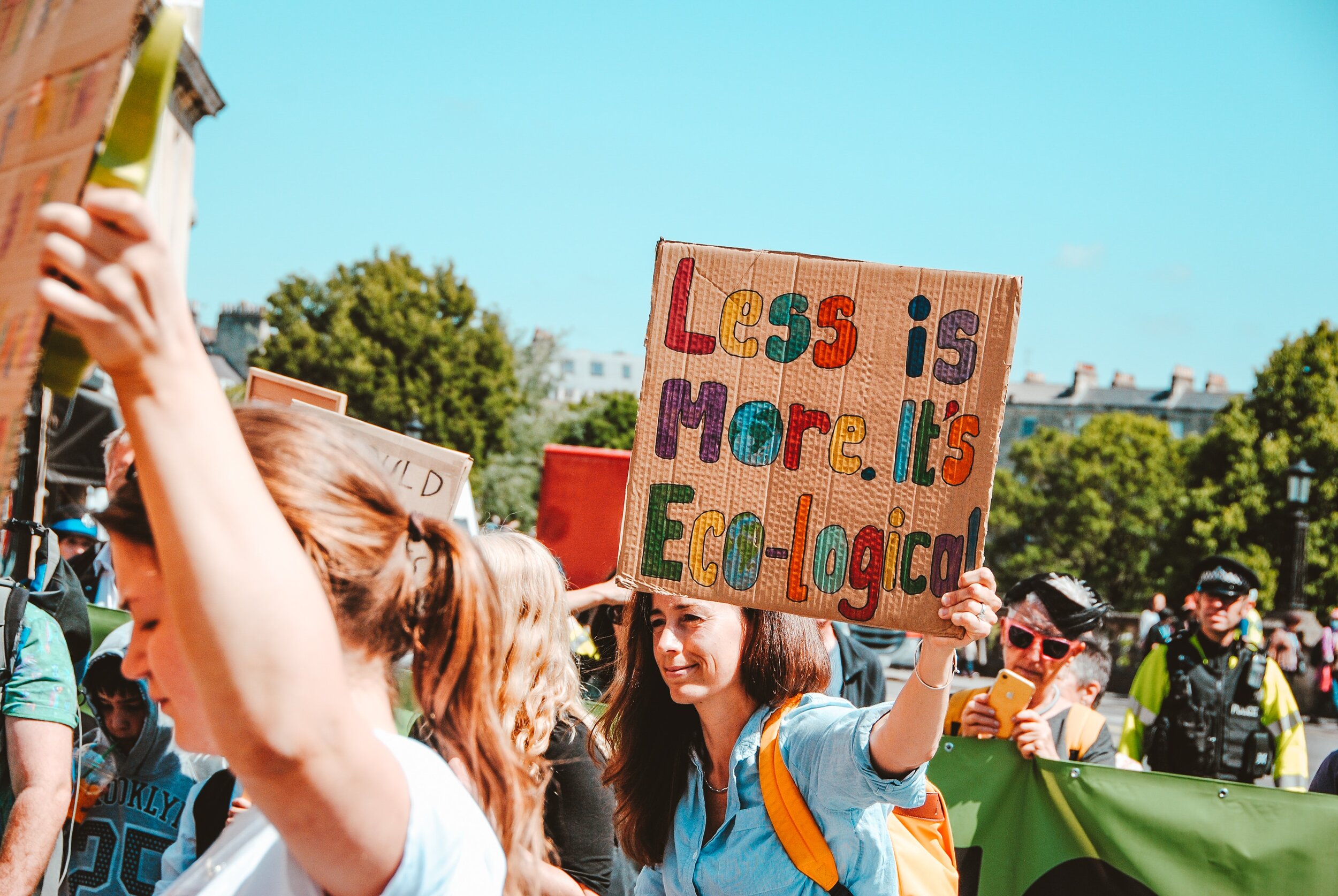10 Steps to Start Your Zero Waste Journey
Photo by Hello I'm Nik on Unsplash
When I heard people talk about a “zero waste lifestyle,” it always sounded intimidating to me.
Zero waste?
None at all?
But a zero waste journey isn’t all or nothing—you can take small steps to get there. You get credit for participation, not just a perfect score.
Here are the 10 steps I took to kickstart my zero waste journey. They can help make movement towards zero waste feel like an achievable goal for you, too.
Research what it means to be zero waste.
To make any change in your life, it’s important to first understand what you’re trying to accomplish. Zero waste is a big term and, as the “zero” implies, a lofty goal to strive for. You’ll get more out of these life changes if you understand the full extent of the motivation behind them and have more information on the whole process of converting your lifestyle to zero waste.
2. Identify the high waste areas of your life.
For me, food products are my highest waste area. With the types of foods I’m buying, single-use plastics are often included in the packaging. For other people, their highest waste area may be beauty products or cleaning supplies—anything that’s consistently purchased and packaged in single-use or difficult to recycle containers. Once you are aware of these areas, it’s easier to plan steps for cutting down waste and eventually removing it entirely.
3. Find new routines for a zero waste life.
This is one of the easier steps in changing over to a zero waste lifestyle. Routines are dependable and quickly become an automatic habit, so after the first month or so, it doesn’t take much effort to continue your zero waste changes. My favorites are composting and gardening. By composting, food waste is reduced and the result is heavily fertilized dirt for the garden. Gardening rather than purchasing certain foods also helps reduce the amount of waste you buy from the grocery store through food packaging.
Rather than grabbing a plastic bag of potatoes, grow your own in the backyard (using your freshly composted soil!). Find a routine that helps you cut down on waste and stick to it—you’ll notice a difference almost immediately.
4. Pay attention to how much waste you produce and purchase.
I didn’t realize how many of the products I purchased were wasteful until I tried to cut out single-use plastic cold turkey. Spoiler alert: there was very little food I could buy from the grocery store! (I even lost a few pounds from not being able to get candy bars anymore.)
In addition, plenty of stores only had plastic bags to carry my purchases. I resolved to be more conscious of what I bought, especially if I was bringing something home that would be thrown out immediately.
5. Focus on reducing waste.
Going along with the above point, when you know how much waste you produce, evaluate what can be reduced. In the above example, I cut out candy bars because their packaging is unnecessarily wasteful. I also stopped drinking out of plastic water bottles and got a reusable one to keep on me at all times.
If you already know which area of your life produces the most waste, you can start there and see what you can cut out.
6. Find a zero waste substitute for the waste you cannot reduce.
Unfortunately, some things cannot be entirely removed. Plastic baggies for packing lunches are simply too convenient. The good news is there are plenty of zero waste substitutes that exist for a lot of plastic products.
Water bottles are a popular option, but reusable snack bags can be found too. I use reusable sandwich bags in the place of plastic now—I just wash and dry them at the end of each use so they’re ready to go. Beeswax wraps are another popular zero waste alternative, to help replace plastic wrap and aluminum foil. If you’re not sure how to cut out a wasteful product, look up a zero waste replacement.
7. Reuse, upcycle, and repurpose what you can.
Before you convince yourself that an item has reached the end of its use, see if there’s a new way to reuse or even upcycle and repurpose the item. At my house, any time we get glass jars (for sauces or jams), we wash them out and use them as cups or a new container rather than putting them in the recycling.
A similar process happens with old t-shirts: When they’ve been worn to the point of holes or rips, they get ripped further to become reusable cleaning rags or cut to be a part of a rug or t-shirt quilt. There are a lot of DIY projects you can find to reuse and upcycle products that might otherwise end up in the trash or recycling.
8. Buy eco-friendly or zero waste products if you need to buy new items.
After you turn your old t-shirts into rags, you’ll still need new t-shirts to wear. Buying at thrift stores can be an eco-friendly alternative—plus, it’s trendy and less expensive. At a thrift shop, you’re participating in the cycle of reusing rather than buying new.
Another example is to replace your plastic toothbrush with a bamboo alternative when it’s time to switch them out. Bamboo breaks down much faster than plastic and is a better choice for the environment.
9. Support eco-friendly businesses.
When you support an eco-friendly business or brand, you put your money where your mouth is, showing that these are products you’re willing to invest in. This helps increase the demand for eco-friendly products. For example, thrift shops exist because there is a consistent demand for used clothing. That demand creates a dent in the amount of clothing waste produced.
10. Start small and grow over time.
The most important thing is that you start somewhere. Living zero waste can only be achieved step by step.
Use these steps as a guide—a place to start your journey—but there are many more ways to move towards a zero waste life that you can tweak and adapt. Find what works for you!

